New exhaust catalyst features thermal durability and high reactivity at low operating temperatures
Green Car Congress
MARCH 26, 2019
Catalytic converters have been used in the US since the 1970s as a way to clean up pollutants from vehicle exhaust. In the catalytic process, rare metals such as platinum, are used in a chemical reaction to convert carbon monoxide and other pollutants to non-toxic carbon dioxide, nitrogen, and water. —Yong Wang.










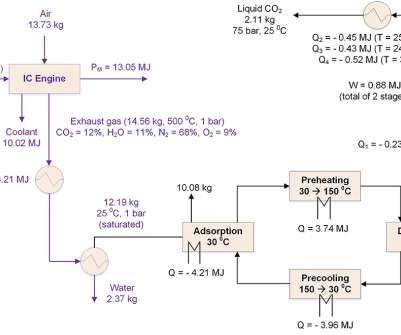



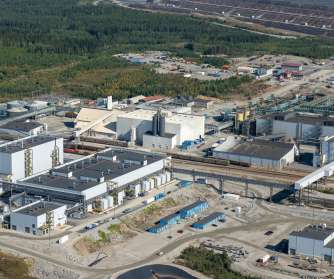










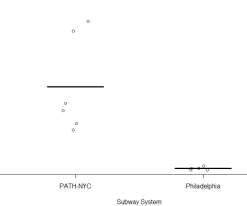
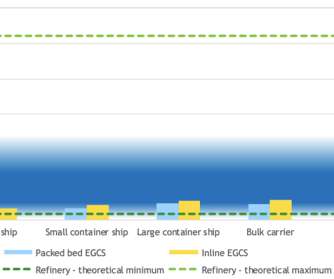



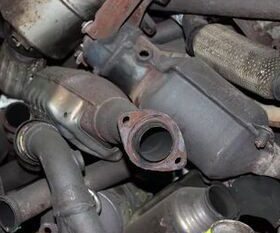











Let's personalize your content